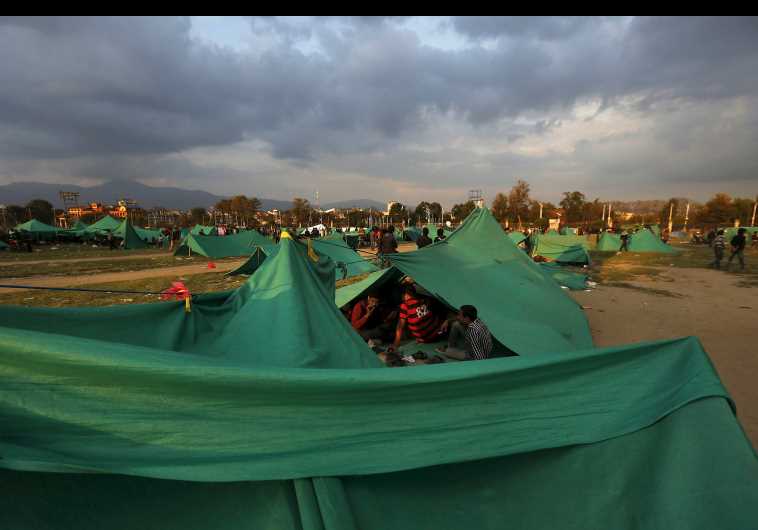Poor construction to blame for damages in Nepal, says expert
The Himalayan Mountain range exists due to a collision between the Indian Plate and the Eurasian plate, on whose boundary Nepal sits.
 People sit inside their makeshift shelter on open ground after an earthquake in Kathmandu, Nepal April 26
People sit inside their makeshift shelter on open ground after an earthquake in Kathmandu, Nepal April 26